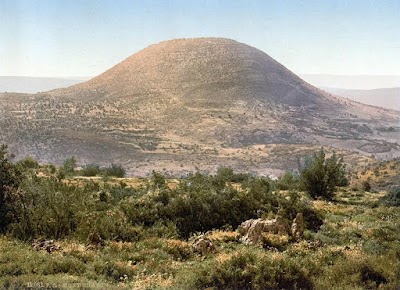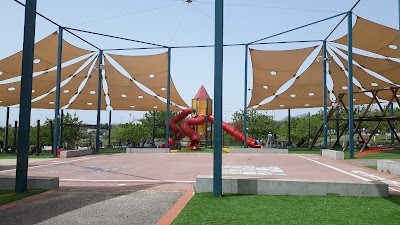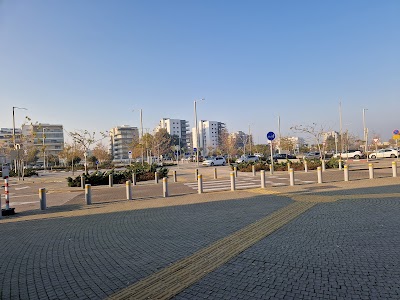Mount Tabor (הר תבור)
Overview
Introduction to Mount Tabor
Nestled in the captivating landscape of northern Israel, Mount Tabor (הר תבור) is a striking landmark that stands proudly within the Jezreel Valley. Rising to an elevation of approximately 588 meters (1,929 feet), this prominent mountain is not only a geographical marvel but also a site of immense historical and religious significance. For travelers seeking to experience the natural beauty and rich heritage of Israel, Mount Tabor offers a unique blend of breathtaking views, cultural insights, and spiritual reflections.
Historical Significance
Mount Tabor has a storied past that dates back thousands of years, making it a key location in both biblical and historical narratives. It is famously known as the site of the Transfiguration of Jesus, as recounted in the New Testament, where Jesus is said to have revealed his divine nature to his disciples. This event has made the mountain a pilgrimage destination for Christians around the world. Additionally, the mountain is linked to the ancient Israelites; it is believed to be the battleground for the biblical story of Deborah and Barak, where they triumphed over the Canaanite army. The combination of its spiritual connotations and historical battles enriches the visitor's experience, providing a deeper understanding of the region's significance.
Exploring the Natural Beauty
For nature enthusiasts, Mount Tabor is a paradise. The mountain is surrounded by a diverse array of flora and fauna, showcasing the beauty of the Galilean landscape. Visitors can hike along well-marked trails that meander through lush greenery, offering stunning panoramic views of the Jezreel Valley, the Galilee, and even the distant Mount Hermon on clear days. The trails cater to various skill levels, making it accessible for families, casual walkers, and serious hikers alike. The vibrant wildflowers in spring create a picturesque scene that captivates photographers and nature lovers.
Visiting the Churches
At the summit of Mount Tabor, you will find two significant churches: the Church of the Transfiguration and the Franciscan Church of the Transfiguration. The Church of the Transfiguration, built in the early 20th century, features stunning mosaics and a serene atmosphere, inviting visitors for reflection and prayer. The architecture is a harmonious blend of Byzantine and Romanesque styles, adding to the mountain's spiritual ambiance. The Franciscan Church, with its beautiful gardens and peaceful surroundings, complements the experience, allowing visitors to delve into the rich Christian heritage associated with this sacred site.
Practical Information for Travelers
If you're planning to visit Mount Tabor, it’s accessible by car or public transport from nearby towns like Afula and Nazareth. The site is open year-round, but the best time to visit is during spring or fall when the weather is mild, and the landscape is at its most vibrant. Be sure to wear comfortable shoes for hiking and bring water, as exploring the mountain can be invigorating. Many local tour operators offer guided tours, providing deeper insights into the historical and cultural significance of the area, which can enhance your visit.
Conclusion
Mount Tabor is more than just a picturesque mountain; it is a crossroads of history, spirituality, and natural beauty. Whether you come to hike, reflect, or simply enjoy the stunning views, this iconic landmark is a must-visit destination for anyone traveling to Israel. With its profound historical connections and breathtaking landscapes, Mount Tabor promises an enriching experience that lingers in the hearts and minds of its visitors long after they leave.






